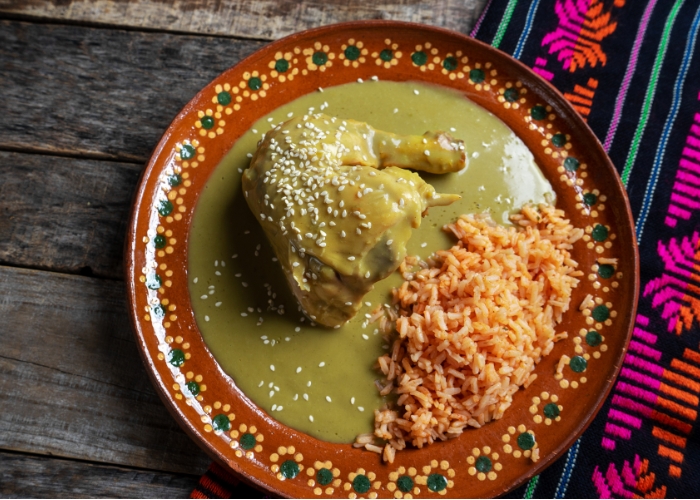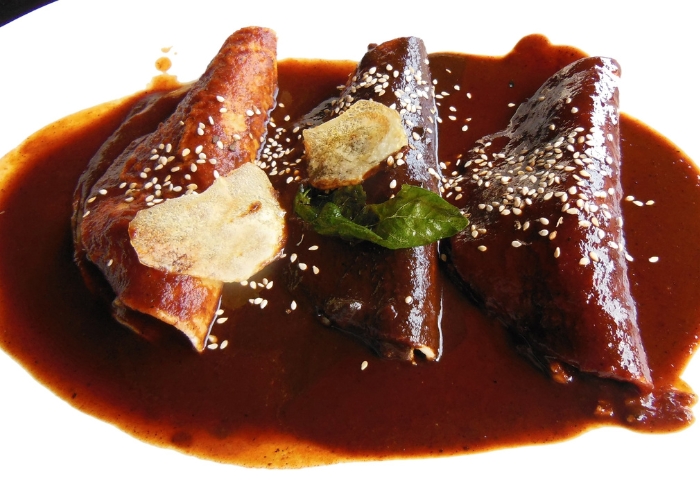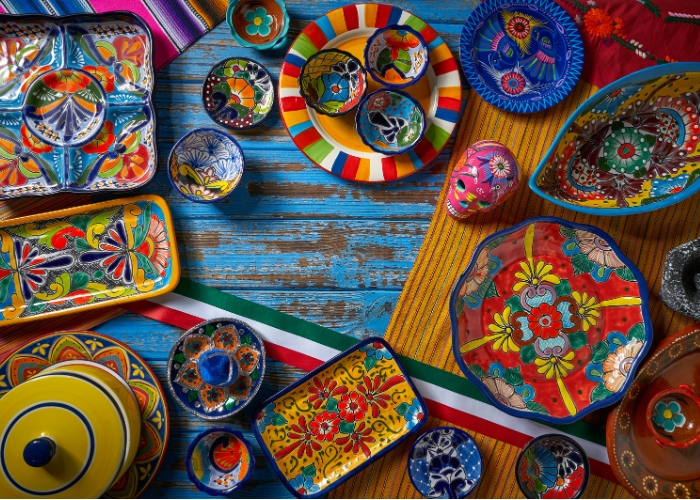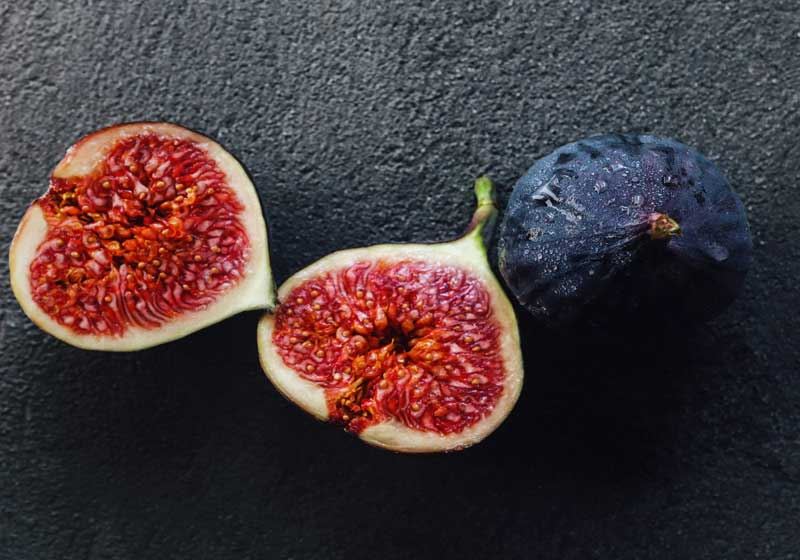By Laura Rancie.
Hands down, it’s not a secret to anyone who knows that Mexican food is my absolute favourite. Lucky for me, it’s Mexican Week here at AGFG, which means I get to talk all about my favourite food, recipes and restaurants.
One Mexican dish, or sauce that is probably not that well known in Australia, is mole (pronounced, MOW LAY). Each of Mexico’s seven distinct food regions has its own variation of mole, making it a diverse and essential part of Mexican gastronomy. Read on to discover its history and flavour profiles.
Variety:
Mole sauces come in a wide variety of types and flavours, each with its unique combination of ingredients and regional influences. Some popular types include mole poblano, mole negro, mole coloradito, mole amarillo and mole verde, among others. Each type of mole showcases a distinct blend of spices, chilli peppers and other ingredients, resulting in a harmonious balance of sweet, savoury and spicy flavours.

Ingredients:
Mole sauces are often made from a combination of ingredients that can include chilli peppers (such as ancho, pasilla, or chipotle), chocolate or cocoa, various spices (such as cinnamon, cloves and cumin), nuts (such as almonds or peanuts), seeds (such as sesame seeds), dried fruits (such as raisins or prunes), and even ingredients like tortillas or bread to thicken the sauce. Some mole sauces also incorporate local ingredients like herbs, edible flowers and regional chili varieties.
Preparation:
Preparing mole sauces is a labour-intensive process involving multiple steps and careful attention to detail. The ingredients are typically toasted, roasted and ground into a paste or sauce. Many mole recipes require a metate (stone grinding tool) to achieve the desired consistency. The ingredients are then simmered and blended together to create a sauce.

Cultural Significance:
Mole sauces hold cultural significance in Mexico and are often associated with festivals, religious ceremonies and family gatherings. They are a symbol of tradition, hospitality and the artistry of Mexican cooking.
Regional Diversity:
Different regions of Mexico have their own unique interpretations of mole sauces. For example, mole poblano from Puebla is known for its rich, chocolate-infused flavour, while mole negro from Oaxaca features deep, complex flavours with a touch of sweetness. The use of ingredients and the balance of flavours can vary greatly from one region to another.
Serving:
Mole sauces are often served over meats such as chicken, turkey, pork, or beef. They can also be served over enchiladas, tamales, or other dishes. Staples like rice and tortillas usually accompany mole to help soak up the flavourful sauce.

Homemade and Commercial Varieties:
While many families in Mexico take pride in making their mole sauces from scratch, high-quality commercial mole pastes and powders are available for those who may not have the time to prepare mole from scratch. These products often offer convenience while still delivering rich and authentic flavours.
AGFG Recipe:
AGFG Recipe:
See here for Chef Michael Smith's recipe, Grilled Chicken in Yellow Mole, from Melbourne Mexican restaurant, Mamasita.
Mole sauces are a cherished and intricate part of Mexican culinary heritage. Their diverse flavours and cultural significance make them a true representation of Mexico's rich and vibrant food culture.








